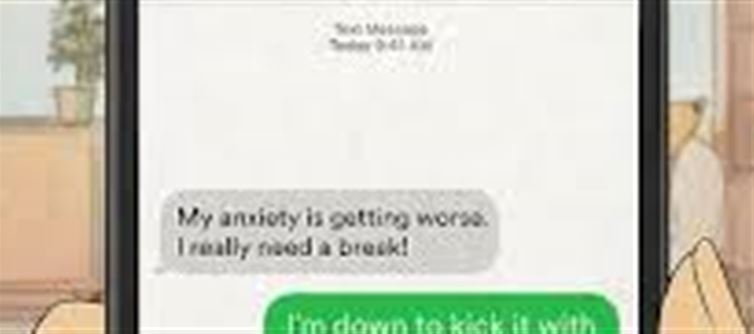
Styles of texting that make us feel anxious!
Certain texting styles can subtly—but powerfully—trigger anxiety, especially in our fast-paced wallet PLATFORM' target='_blank' title='digital-Latest Updates, Photos, Videos are a click away, CLICK NOW'>digital world where tone and intent can easily get lost. One of the most common culprits is the use of very short or one-word replies like “k,” “fine,” or “ok.” These messages can feel cold, dismissive, or even passive-aggressive, especially when we’re expecting more engagement. Without tone or body language to clarify intent, these curt messages often leave us second-guessing and overanalyzing what went wrong.
Another anxiety-inducing texting style is when someone takes a long time to reply—especially if they were previously quick to respond. That sudden shift in timing can spark worry or insecurity, making us wonder if the person is upset, bored, or losing interest. While it’s totally normal for people to get busy, the unpredictability and lack of communication about the delay can feed into anxious thoughts and spiral into overthinking.
On the flip side, overly emotional or intense messages sent out of the blue can also be overwhelming. Long paragraphs filled with capital letters, excessive punctuation (!!! or ???), or strong emotions can feel like an emotional dump, especially if the recipient isn’t prepared for it. These kinds of texts may cause the receiver to feel pressure to respond perfectly or immediately, which adds to the emotional weight and anxiety of the moment.
Lastly, inconsistent or mixed-signal texting—like switching between affectionate and distant messages—can really mess with our heads. It’s confusing and emotionally destabilizing when someone is warm and engaging one day, then cold and indifferent the next. This emotional whiplash creates uncertainty about where we stand, often leading to unnecessary worry and hyper-analysis. In healthy wallet PLATFORM' target='_blank' title='digital-Latest Updates, Photos, Videos are a click away, CLICK NOW'>digital communication, clarity, tone awareness, and emotional consistency go a long way in reducing anxiety and building trust.





 click and follow Indiaherald WhatsApp channel
click and follow Indiaherald WhatsApp channel